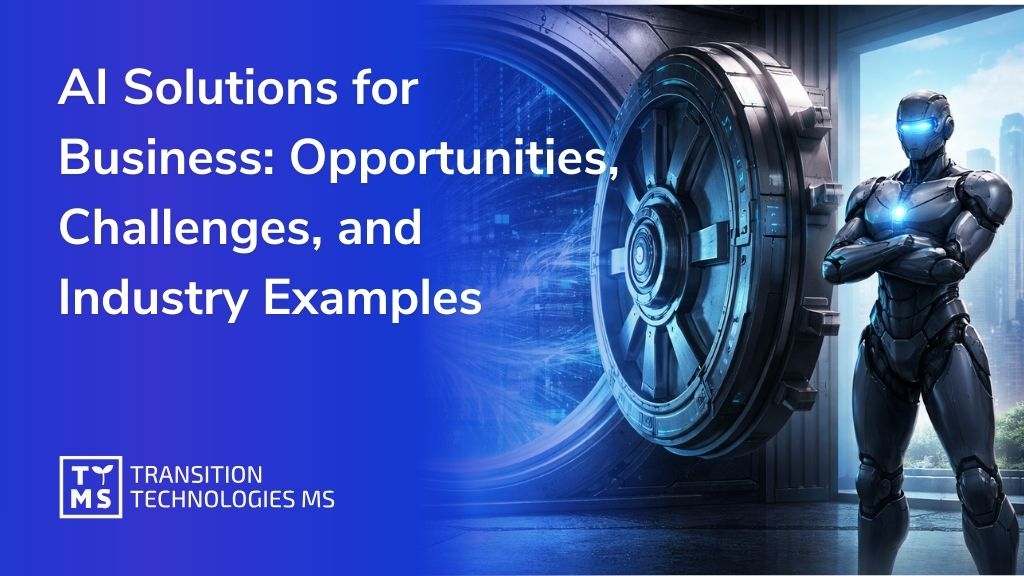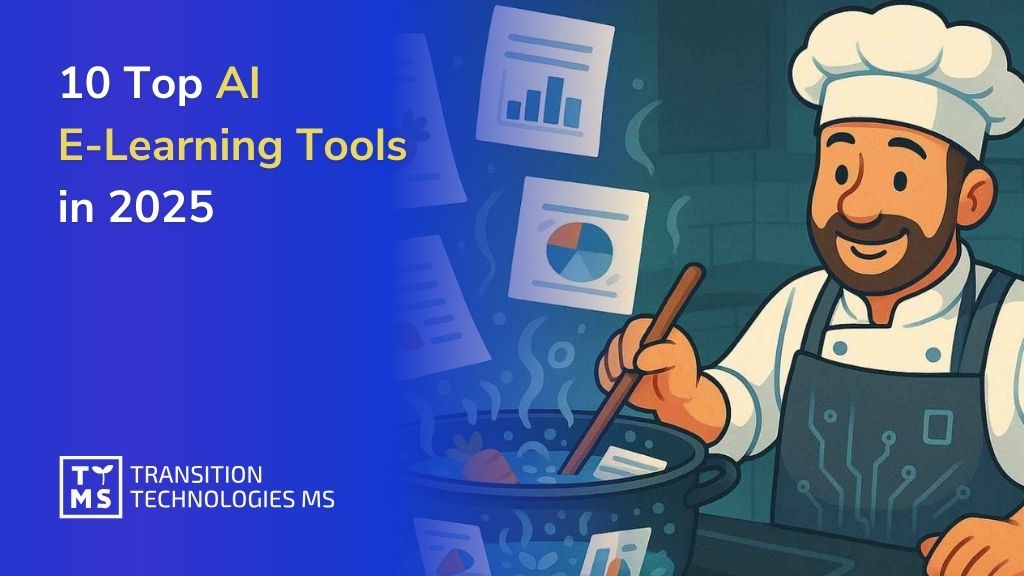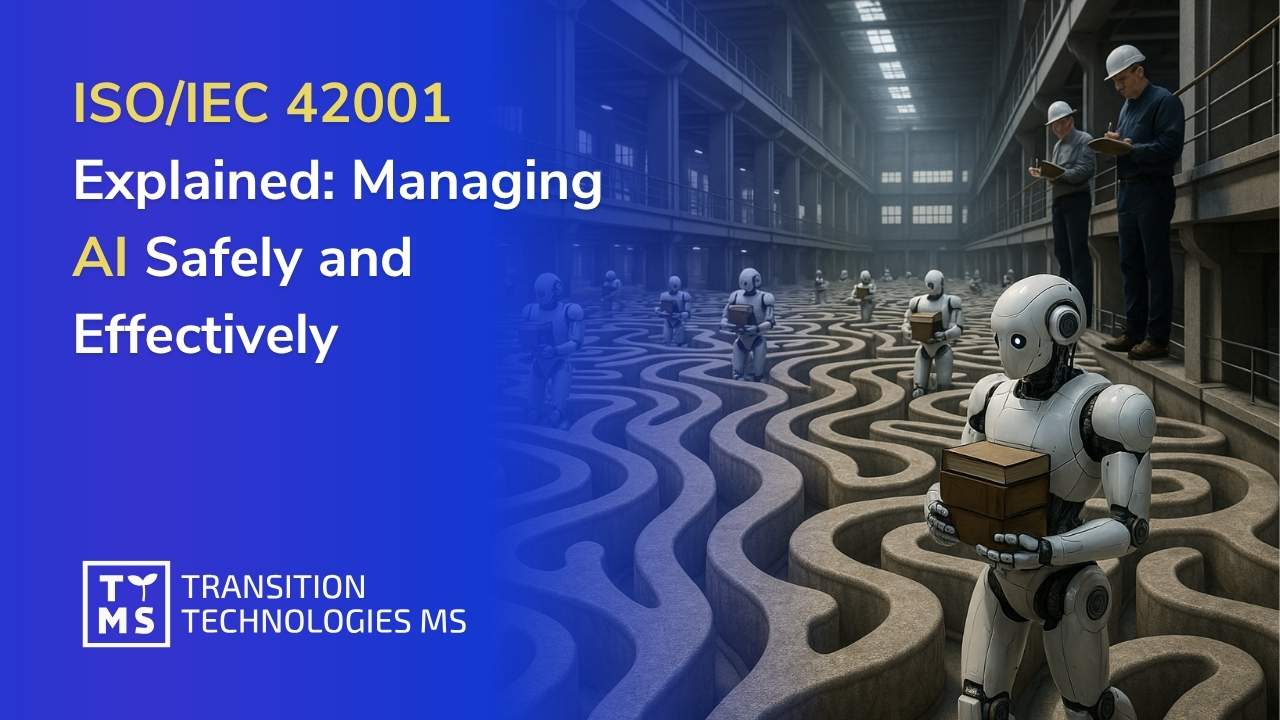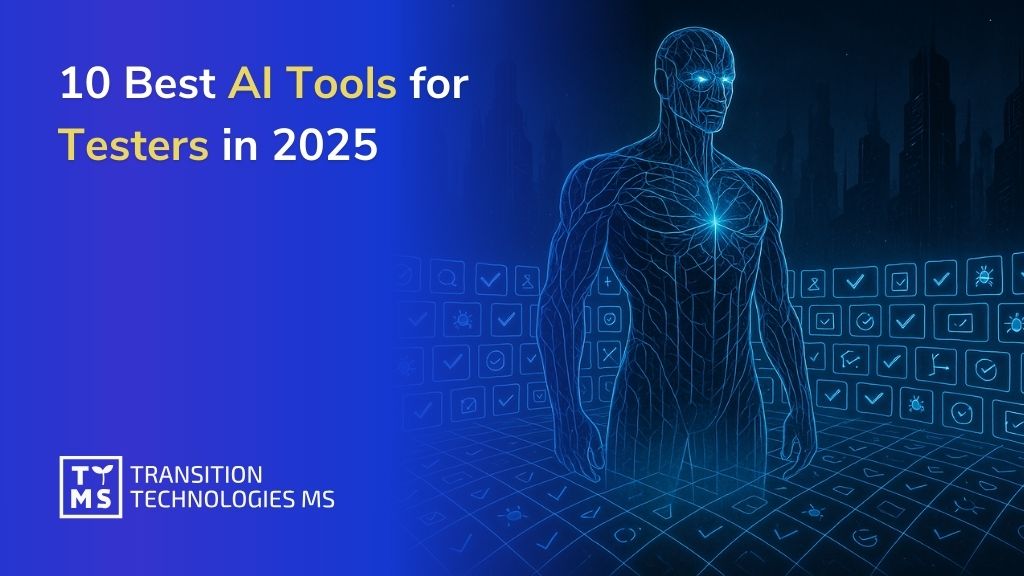
Learning how to use AI to boost productivity has become essential for modern businesses. The workplace transformation driven by artificial intelligence represents more than just technological advancement; it’s a fundamental shift in how we approach work itself. Companies worldwide are discovering that AI integration tools serve as powerful multipliers of human capability, enabling teams to accomplish more meaningful work by automating routine tasks and providing intelligent insights.
AI adoption in enterprise organizations surged to 72% by 2024-2025 (according to Superhuman blog), marking a dramatic increase from approximately 50% just a few years earlier. This rapid adoption reflects a growing recognition that AI and productivity go hand in hand, with organizations realizing tangible benefits from these technologies. The most successful implementations focus on enhanced productivity rather than replacing human workers, creating collaborative environments where technology amplifies human strengths.
Understanding how to boost your productivity with AI tools requires recognizing that these systems excel at handling repetitive, data-intensive tasks while humans focus on creative problem-solving and strategic thinking. Think of AI as a highly capable assistant that never tires of mundane work, freeing you to engage in activities that truly require human insight and creativity. TTMS specializes in deploying AI to automate repetitive and manual tasks across business functions such as customer service, finance, and supply chain, leading to faster process execution and higher accuracy.
The impact of this approach is remarkable. Up to 80% productivity improvement has been reported (according to Magnet ABA Therapy) by staff using AI in their workflows, with 92.1% of enterprises that implemented AI experiencing measurable productivity enhancements. These aren’t theoretical improvements; they represent real, measurable changes in how work gets done.
1. Practical Applications of AI for Enhanced Work Performance
1.1 AI in Content Creation and Writing Tasks
AI-powered productivity tools have revolutionized content creation, transforming how businesses approach writing tasks. These AI tools for business productivity enable rapid generation of emails, reports, marketing materials, and documentation while maintaining consistent quality and brand voice. Modern content creation platforms leverage advanced language models to understand context, suggest improvements, and adapt to specific organizational requirements.
The sophistication of today’s AI content tools extends beyond simple text generation. They provide intelligent editing suggestions, help maintain consistent tone across different communications, and can even generate multiple variations of content for A/B testing purposes. Companies like The Washington Post have developed AI-powered tools (according to Virginia Polytechnic Institute and State University) that synthesize information from decades of reporting in seconds, allowing journalists to access comprehensive background and context quickly.
TTMS’s AI4Content solution exemplifies this evolution, offering AI-powered document analysis that saves hours of manual work and delivers accurate insights in minutes. The platform creates consistent business reports faster through custom AI report templates that reflect internal documentation standards. This approach ensures that AI enhances rather than replaces human creativity, providing the foundation upon which skilled professionals can build exceptional content.
For organizations seeking to scale their content operations, these tools represent a paradigm shift. Instead of starting from blank pages, teams begin with intelligent first drafts that capture key ideas and structure, allowing writers to focus on refinement, strategy, and creative enhancement.
1.2 Automating Routine and Repetitive Tasks
The automation of routine tasks represents one of the most immediate ways AI increases productivity across organizations. These applications range from data entry and email management to complex workflow orchestration that connects multiple business systems. Modern AI automation tools can learn patterns in how work flows through an organization and identify opportunities for streamlining.
Successful automation initiatives focus on tasks that follow predictable patterns or require consistent rule-based decisions. Customer service interactions, appointment scheduling, document routing, and compliance monitoring all benefit significantly from AI-powered automation. Companies across industries are deploying tools like Microsoft 365 Copilot to automate repetitive tasks, assist in drafting communications, and manage documents, leading to tangible productivity gains.
TTMS has observed that clients experience measurable improvements in operational speed and accuracy by automating routine workflows. This results in significant time savings and reduction in manual errors, with employees redirected to strategic roles that drive growth. The company’s approach involves intelligent chatbots, data analytics, and integration of tools like Microsoft Power BI and Power Apps with OpenAI capabilities on Azure.
The key to successful automation lies in identifying processes that consume disproportionate amounts of human time while producing consistent, predictable outcomes. By addressing these areas first, organizations can quickly demonstrate value and build momentum for broader AI initiatives.
1.3 Leveraging AI for Market Research and Analysis
AI tools for business growth have transformed market research from a time-intensive process to a rapid, comprehensive analysis capability. Modern AI systems can synthesize information from countless sources, identify emerging trends, and provide actionable insights that would require weeks of traditional research to uncover. These capabilities enable businesses to respond more quickly to market changes and identify opportunities ahead of competitors.
Advanced natural language processing allows AI to parse through industry reports, social media sentiment, competitor communications, and economic indicators to build comprehensive market pictures. The technology excels at connecting disparate data points and identifying patterns that might escape human analysis, particularly when dealing with large volumes of information.
Research applications extend beyond simple data gathering. AI can generate detailed competitive analyses, predict market movements based on historical patterns, and even suggest strategic responses to emerging trends. Companies such as Cintas and Nagel-Group utilize generative AI and advanced internal search platforms to help staff quickly locate and utilize relevant company knowledge, reducing time spent searching for information.
TTMS leverages AI-powered analytics to help enterprises convert large data sets into actionable insights, improving decision quality and speed. Their solutions support predictive scenario planning and intelligent resource management, enabling faster, data-driven decisions that improve overall productivity and business outcomes.
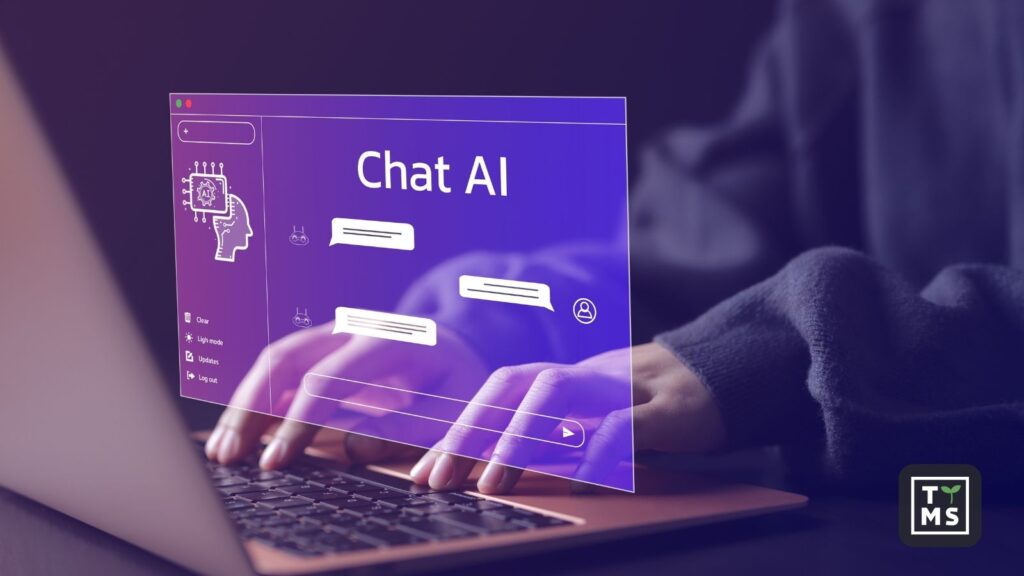
1.4 Using AI for Predictive Analytics and Forecasting
Predictive analytics powered by AI represents one of the most valuable applications for productivity enhancement. These systems analyze historical patterns, current conditions, and external factors to forecast future outcomes with remarkable accuracy. Unlike traditional forecasting methods that rely on linear projections, AI can identify complex, non-linear relationships in data that lead to more reliable predictions.
Sales forecasting, demand planning, maintenance scheduling, and resource allocation all benefit from AI-driven predictive capabilities. The technology can process vast amounts of structured and unstructured data (from market conditions and seasonal trends to social media sentiment and economic indicators) to generate comprehensive forecasts that inform strategic decision-making.
The real power of predictive analytics emerges when organizations move from reactive to proactive management. Instead of responding to problems after they occur, businesses can anticipate challenges and opportunities, positioning themselves advantageously before market conditions change. TTMS implements AI solutions that streamline operations by using predictive analytics to optimize inventory management, resource allocation, and maintenance activities, helping organizations shift from reactive to proactive operational strategies.
Modern predictive systems also provide confidence intervals and scenario modeling, allowing decision-makers to understand the likelihood of different outcomes and prepare contingency plans accordingly. This level of insight transforms planning from guesswork into strategic advantage.
1.5 Streamlining Internal Communications with AI
Internal communication efficiency directly impacts organizational productivity, and AI automation platforms are revolutionizing how teams share information and collaborate. These systems create intelligent knowledge bases that understand context, provide relevant suggestions, and connect team members with the expertise they need when they need it.
AI-powered communication tools excel at breaking down information silos by making organizational knowledge easily searchable and accessible. Instead of spending time hunting through email chains or document repositories, employees can ask questions in natural language and receive accurate, contextual responses drawn from company resources.
TTMS’s AI4Knowledge platform transforms how organizations manage and use internal knowledge, serving as a central hub for procedures and guidelines. Employees can quickly find information and ask how to perform tasks according to company standards, dramatically reducing the time spent searching for answers and ensuring consistent execution across teams.
Modern communication AI goes beyond simple search functionality. These systems can generate meeting summaries, track action items, suggest relevant stakeholders for projects, and even facilitate knowledge transfer between team members. Companies like Allegis Group employ AI to streamline processes by automating updates, generating descriptions, and analyzing interactions, resulting in higher efficiency and reduced manual workload.
2. Case Studies: Successful AI Implementation in Organizations
2.1 Sawaryn & Partners: AI-Powered Legal Document Analysis
Sawaryn & Partners Law Firm collaborated with us to address the growing challenge of processing court documents, case files, and audio recordings. Manual handling was slow, prone to error, and limited legal team efficiency.
By leveraging Azure OpenAI, we implemented a secure AI system that generates summaries from documents and transcripts, automates legal text updates, and accelerates access to key information. The architecture ensured full data confidentiality — with no external data sharing or AI model training on client inputs.
The main results:
- faster case preparation,
- reduced workload,
- improved internal workflows.
The system continues to evolve in line with the firm’s changing needs, ensuring long-term value and adaptability. Read the full case study<

2.2 IBM: AI-Driven Process Optimization
IBM’s approach to AI implementation demonstrates the transformative potential of comprehensive process optimization. The company has leveraged AI technologies to automate integration across hybrid cloud environments, achieving remarkable results that showcase the business value of strategic AI deployment.
IBM reports that automating integration using their latest AI agent and hybrid technologies can deliver a 176% return on investment over a three-year period. This impressive ROI stems from the company’s focus on building AI agents that can be deployed rapidly. They’ve reduced AI agent build time to just five minutes while maintaining high accuracy standards.
The key to IBM’s success lies in their systematic approach to AI integration. Rather than implementing isolated solutions, they created comprehensive platforms that enhance multiple business processes simultaneously. Their latest solutions achieve up to 40% improvement in AI agent accuracy, demonstrating how continuous refinement leads to better business outcomes.
IBM’s experience illustrates an important principle: successful AI implementation requires both technological sophistication and strategic vision. Their results show that 47% of surveyed companies in 2024 reported achieving positive ROI from AI investments, with even higher success rates among organizations using open-source AI tools.
2.3 Coca-Cola: Marketing Personalization through AI
Coca-Cola’s comprehensive approach to AI-driven marketing demonstrates how large organizations can leverage artificial intelligence to create personalized customer experiences at scale. Their implementation spans multiple channels and touchpoints, creating cohesive customer journeys that drive engagement and sales.
The company’s personalized content campaigns generated a 20% increase in social media engagement, with AI-generated content showing significantly higher interaction rates on platforms like Instagram and TikTok. This improvement reflects the power of personalization when applied consistently across customer touchpoints.
Coca-Cola’s eB2B platform showcases the business-to-business applications of AI personalization. By 2023, they had onboarded 6.9 million customers onto their platform, with initial pilots showing that business customers receiving AI-personalized push notifications were more likely to purchase recommended products, resulting in incremental retail sales growth.
The scale of their AI implementation is impressive. During the FIFA World Cup campaign, they used AI to generate over 120,000 unique, personalized videos for fans, increasing both consumer engagement and brand visibility during this major global event. This approach demonstrates how AI can enable mass personalization previously impossible with traditional marketing methods.
3. Top AI Tools to Amplify Your Productivity
3.1 Introduction to Team-GPT and Collaborative AI Solutions
Team-GPT represents the evolution of AI productivity assistant technology toward collaborative environments where teams can work together using artificial intelligence. Unlike individual AI tools, Team-GPT emphasizes features that allow teams to collaboratively refine prompts, review responses, and manage shared workspaces, improving knowledge transfer and alignment in enterprise settings.
The platform’s collaboration-centric design builds on advanced language models while adding enterprise controls essential for business environments. These include workflow management, user permissioning, and prompt history tracking, making it suitable for regulated industries where auditability is crucial. Teams can create, edit, and manage content collaboratively while maintaining full oversight of AI interactions.
Team-GPT proves particularly effective in environments dealing with documentation, technical writing, and collaborative research. Users report positive feedback on its ability to reduce work duplication and accelerate consensus-building among team members. The platform leverages advanced AI models that provide notable gains in response accuracy and consistency, with significant reductions in AI hallucinations compared to earlier implementations.
The strength of collaborative AI solutions lies in their ability to capture institutional knowledge and make it accessible across teams. Rather than having individual employees develop separate AI workflows, organizations can create shared approaches that ensure consistency and maximize collective learning.

3.2 Harnessing Salesforce’s Einstein AI for Business Intelligence
Salesforce Einstein AI maintains its position as a leading AI integration tool by remaining tightly integrated with Salesforce’s comprehensive CRM suite. This integration enables real-time analytics, predictive lead scoring, and workflow automation directly within existing business processes, creating seamless user experiences that drive adoption and effectiveness.
Recent updates have enhanced Einstein AI’s multimodal capabilities, improving its ability to analyze both structured and unstructured customer data. The platform can now combine chat interactions, text communications, and visual inputs to provide holistic customer insights that inform strategic decision-making and tactical execution.
Einstein AI’s recognition for robust security, scalability, and compliance features makes it particularly attractive to large enterprises in regulated sectors. The platform’s closed ecosystem ensures data security and regulatory compliance while providing the sophisticated analytics capabilities that drive business intelligence initiatives.
The system excels at transforming customer relationship management from reactive to predictive, helping sales and marketing teams anticipate customer needs and optimize engagement strategies. This proactive approach to customer management represents a significant shift from traditional CRM usage toward AI-powered business intelligence.
3.3 Jasper AI: Revolutionizing Content Generation
Jasper AI has established itself as a specialized solution for marketing and brand content creation, providing templates, campaigns, and tone-of-voice controls that consistently receive high satisfaction ratings from marketing teams. The platform’s focus on marketing-specific use cases sets it apart from general-purpose content generation tools.
Recent updates have improved Jasper’s content coherence and factual accuracy, closing the performance gap with general-purpose language models while maintaining its specialized marketing focus. These improvements make the platform more reliable for business-critical content creation while preserving the marketing-specific features that differentiate it.
The platform’s enhanced workflow features support team collaboration, allowing multiple users to co-create and review content while streamlining approval and publishing cycles. This collaborative approach addresses one of the key challenges in content marketing: maintaining brand consistency while enabling efficient content production at scale.
Jasper AI integrates with major content management systems, customer relationship management platforms, and analytics tools, though integration timelines can vary for newer platforms. This connectivity ensures that content creation workflows can connect seamlessly with broader marketing technology stacks.
3.4 Exploring Perplexity for Enhanced Research Capabilities
Perplexity positions itself as a conversational search engine that blends advanced language models with real-time web retrieval to provide accurate, up-to-date answers for research and analysis tasks. This approach addresses one of the key limitations of traditional AI tools: access to current information.
Performance metrics place Perplexity’s core model among the top language models, with skill score differences of less than 1% compared to leading alternatives on standard benchmarks. This performance, combined with its search capabilities, makes it particularly valuable for research-intensive tasks that require both analytical capability and current information.
One of Perplexity’s distinguishing features is transparent citation of data sources, allowing users to verify information and reducing risks associated with AI-generated content. This transparency is particularly valuable in professional research, legal, and academic settings where answer traceability and accuracy are critical requirements.
Usage is growing rapidly in professional environments where research quality and source verification are essential. The platform’s ability to provide detailed analysis while maintaining source transparency makes it an increasingly popular choice for teams that need reliable, verifiable research capabilities.
3.5 BoostUp: Improving Sales Outcomes with AI Insights
BoostUp focuses specifically on revenue intelligence, enabling AI-driven forecasting, pipeline health scoring, and risk identification aimed at sales and revenue operations teams. This specialization allows the platform to provide deep insights that generic AI tools cannot match.
The platform’s AI models analyze emails, call transcripts, and CRM data to detect deal risks and improve forecast accuracy. Users report measurable improvements in forecast reliability and team productivity, with the system providing actionable insights that directly impact sales performance.
BoostUp’s integration ecosystem connects with leading CRM platforms and sales engagement tools, delivering insights within existing workflows rather than requiring separate systems. This approach reduces friction in adoption while ensuring that AI insights are available when and where sales teams need them.
The platform is praised for its intuitive user interface and actionable dashboards, achieving rapid onboarding and strong adoption rates in sales organizations. The combination of powerful analytics and user-friendly design makes it accessible to sales teams without requiring extensive technical training.

4. How TTMS Can Help You Implement AI to Boost Productivity in Your Company
TTMS brings deep expertise in AI implementation that goes beyond simple tool deployment to create comprehensive productivity transformation strategies. Our approach focuses on understanding your specific business challenges and designing AI solutions that integrate seamlessly with existing workflows while delivering measurable improvements in efficiency and outcomes.
Our specialized AI4 solutions demonstrate our commitment to practical, results-driven AI implementation. AI4Legal automates time-consuming legal tasks such as analyzing court documents and generating contracts, eliminating human errors while speeding up everyday work with precision and security. For organizations dealing with multilingual content, AI4Localisation combines advanced translation technology with full customization to meet unique company needs.
TTMS specializes in AI-human collaboration models where artificial intelligence acts as an augmentation tool rather than replacement. This approach reduces cognitive load on employees and improves creativity, innovation, and employee satisfaction by reallocating time saved on routine tasks to more impactful work.
The company’s methodology leverages cloud-based AI platforms, notably Microsoft Azure, combined with business intelligence tools such as Power BI for real-time insights and automation. This integration enables seamless AI embedding into existing business processes, fostering digital transformation tailored to client-specific challenges.
TTMS’s track record shows that clients have experienced measurable improvements in operational speed and accuracy through automated routine workflows, resulting in significant time savings and manual error reduction. Employees are redirected to strategic roles that drive growth, while AI-enabled tools like chatbots and personalized analytics have led to better customer service outcomes and faster response times.
For enterprises seeking comprehensive AI transformation, TTMS provides end-to-end support from initial assessment through implementation and ongoing optimization. On average, companies adopting AI have realized a 22% reduction in operational costs, and our methodologies support clients in achieving these outcomes while building sustainable competitive advantages.
Our AI4E-learning solution uses artificial intelligence to quickly generate professional training content based on internal resources, while AI4Knowledge serves as an intelligent platform that transforms how organizations manage and use internal knowledge. These solutions reflect TTMS’s commitment to transforming enterprise productivity through practical AI implementations that deliver significant operational and financial improvements.
The key to successful AI implementation lies in partnering with experts who understand both the technology and your business requirements. TTMS combines technical expertise with industry knowledge to ensure that your AI initiatives deliver real value, creating productivity gains that compound over time and position your organization for long-term success in an AI-powered future. Contact us now!
FAQ
How to use AI for productivity in a business?
Businesses can use AI to automate workflows, handle customer service, and optimize internal processes. This reduces operational costs and boosts team efficiency.
How does AI improve efficiency in companies?
AI minimizes manual work, accelerates data processing, and improves accuracy. It enables faster decisions and more scalable operations.
What are two ways that using AI can increase business productivity?
AI improves customer support with chatbots and automates routine back-office tasks. It also enhances forecasting and resource planning.
Which is one way that technology can improve productivity in a company?
Technology enables better process automation, reducing delays and allowing employees to focus on value-added tasks.
